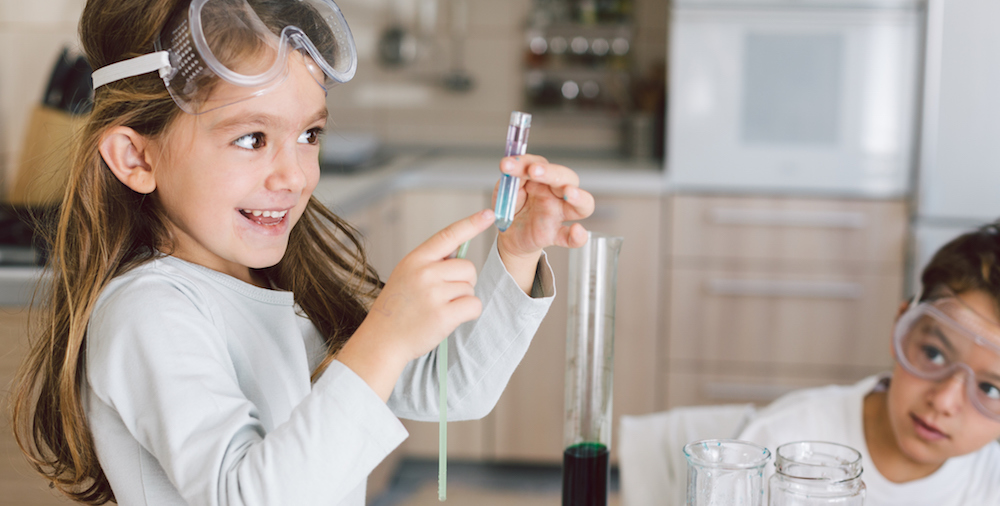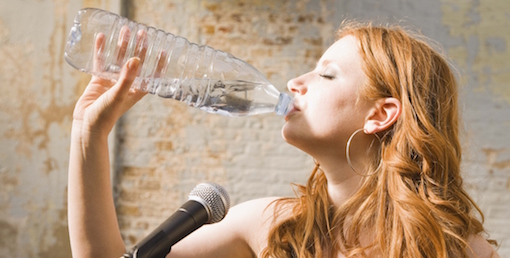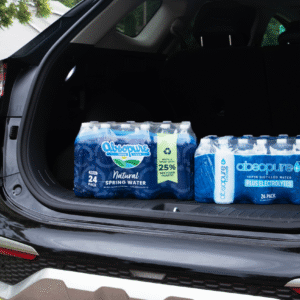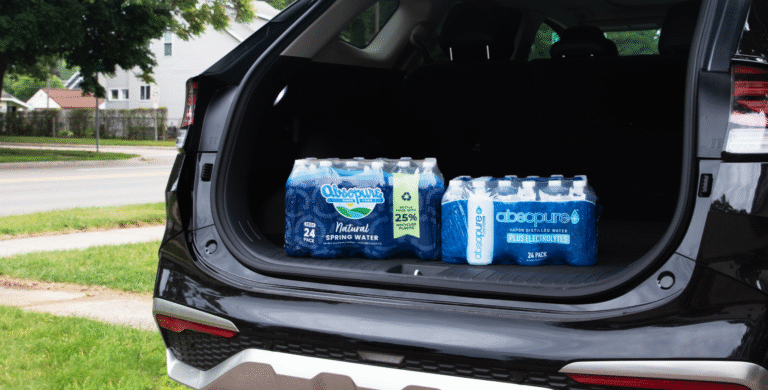Absopure
(un)Filtered

5 Water Experiments You Can Do at Home
There is an abundance of ways people use water every day. Whether it’s for consumption, agriculture, industrial or medical purposes, people need water. It’s an essential part of life, but what you may not realize, are the variety of ways to learn with water. If you’re looking for something interesting, educational, easy and just plain fun to do at home. Conducting these water experiments may be the perfect way to spend your afternoon.
Rainbow Water
For this experiment, you’ll need a glass cup, water, a white piece of paper and sunlight. Fill up a glass cup with water and set it next to a window where the sun is shining. Then, hold a white piece of paper below the glass and look for a rainbow! This colorful effect occurs because rainbows form when light passes through water droplets. As the sun shines through the window and hits the glass, the light bends or, in other words, is refracted. This bending causes the light to separate into different colors, creating a rainbow on your white piece of paper.
Glass Harmonica
This experiment requires glass cups, water and a spoon. Start by taking four or more identical glass cups from your kitchen and fill them with different amounts of water. Then, line up the glasses, grab a spoon and gently tap them. By tapping each glass cup with your metal spoon, sound waves and vibrations will create musical tones similar to an instrument. If you want a slow and low pitch, add more water. If you want a fast and high pitch, remove water. Now, you can have fun and create a song with your easy-to-make glass harmonica.
Color Changing Carnations
To complete this activity, you may need to take a quick trip to the grocery store. You will need white carnations, a vase, green food coloring, a water bottle and scissors. First, trim the end of the carnations stems at an angle, underwater. Then, take a few drops of green food coloring and put it into an Absopure water bottle. Place the lid on top and shake well. Next, take the green colored water and transfer it into a vase where you will then insert the carnations stem-first. Last, sit back and relax. As time passes, the flowers will begin absorbing water, and the white carnations will start to turn green. This visual experiment is a great way to show how plants intake water, as they, like humans, also require water to stay hydrated. Feel free to experiment further, using a different food color, or a different kind of flower.
Homemade Lava Lamp
Begin by gathering an empty Absopure water bottle, water, food coloring, baby oil or cooking oil and Alka Seltzer tablets. Fill the water bottle about two-thirds of the way full with oil and then fill the rest of the way with water. Then, take your favorite food coloring and add droplets into the oil and water combination. At this point, you will start to see the resemblance of a lava lamp, but the real magic happens once you drop in an Alka Seltzer tablet. The fizz created will cause the food coloring to swirl inside the mixture, creating a mini lava lamp. You can even add extra tablets to really get things moving but be beware of a possible eruption!
Rain in a Jar
You will need a big glass jar, small bowl, dinner plate, water and ice cubes. Start by filling the small bowl with water, and microwave for about three minutes. Then, with adult supervision, pour the hot water, not necessarily boiling, into the large glass jar and cover it with a microwave-safe dinner plate. Step away for a couple of minutes and then come back with a tray of ice cubes. Place the ice cubes onto the dinner plate and wait for the reaction. With the ice sitting on top, the plate will become very cold. This change in temperature causes the warm air in the jar to condense and form water droplets, making it rain inside the jar!
These are just five of the many water experiments you can do at home with your family. They are simple, educational and a great way to spend time while you’re stuck in the house. Not only do children love them, but even parents can have fun and feel nostalgic while performing these water experiments at home.
Do you have a fun water experiment you remember doing as a child? Let us know how you used to play with water.





